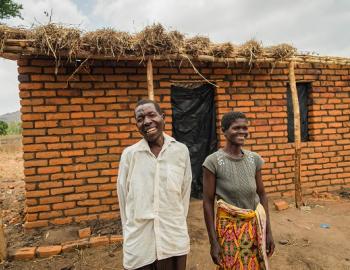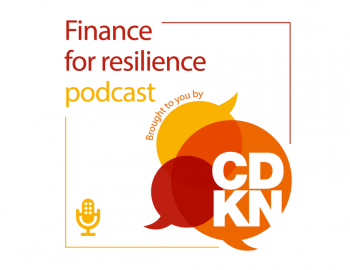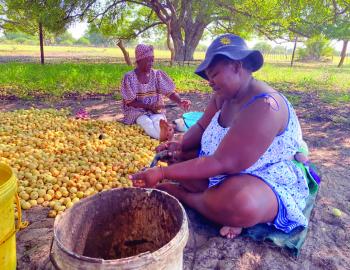Policy Brief : Driving adoption of payments for ecosystem services through social marketing, Veracruz, Mexico
Policy Brief : Driving adoption of payments for ecosystem services through social marketing, Veracruz, Mexico
The state of Veracruz covers an area of roughly 72,000 km2, with a coastline extending more than 650 km along the Gulf of Mexico. The Central Coast of Veracruz is a critical stopover site for millions of neotropical migratory birds, including raptors such as the peregrine falcon Falco peregrinus. Despite the environmental significance of the state, agricultural expansion (especially sugar cane production and cattle ranching) and urban development have threatened forest ecosystems throughout much of Veracruz (Martinez et al. 2009; Williams-Linera 2007). For example, the expansion of informal settlements around the inland city of Xalapa has reduced cloud forest cover in the municipality to only 7.6 % (Benítez et al. 2012).
In the Central Coast of Veracruz, Mexico, expansion of sugar cane production, cattle ranching and urban development threatens the tropical deciduous forest that serves as stopover habitat for numerous species of migratory raptors, among them the peregrine falcon Falco peregrinus. To conserve the habitat of these key migratory bird species, and slow deforestation due to agricultural pressures, Pronatura Veracruz and Rare implemented a social marketing Pride campaign to motivate landowners to join a network of private conservation areas in exchange for ecosystem service payments under Mexico’s national Payments for Ecosystem Services program. This policy brief, Driving adoption of payments for ecosystem services through social marketing, Veracruz, Mexico, reviews an area where Payments for Ecosystem Services adoption had been slow to take off, with initial results indicate that the application of social marketing methods facilitated a social change in the Actopan municipality of Veracruz and ultimately enabled the protection of more than 1,500 hectares of previously unprotected forest.
The paper is part of the CDKN-funded project, Payments for environmental services as a driver of climate compatible development, which aspires to identify the components of national and local level payments for ecosystem services (PES) schemes that have been successful and the factors underpinning success, in order to aid the design of more robust PES systems that can be efficient promoters and catalysts of climate compatible development.
Further reading:
Project homepage: Payments for environmental services as a driver of climate compatible development
Project details: Payments for Environmental Services as a driver of CCD: what works and why?
Research paper: Establishing reciprocal agreements for water and biodiversity conservation through a social marketing campaign in Quanda Watershed, Peru



